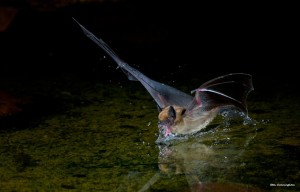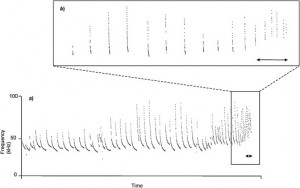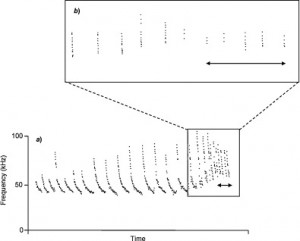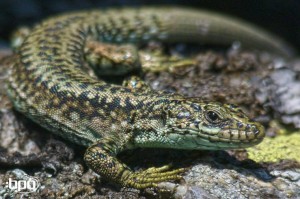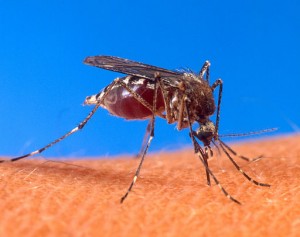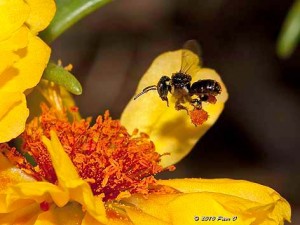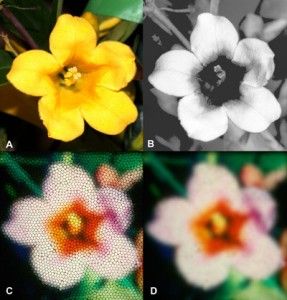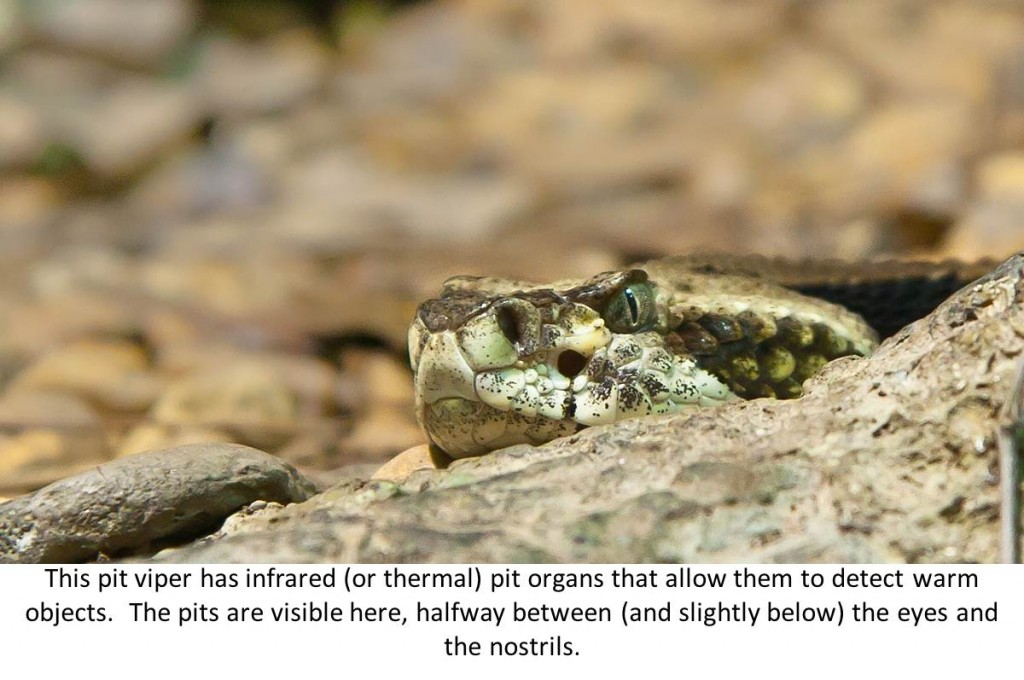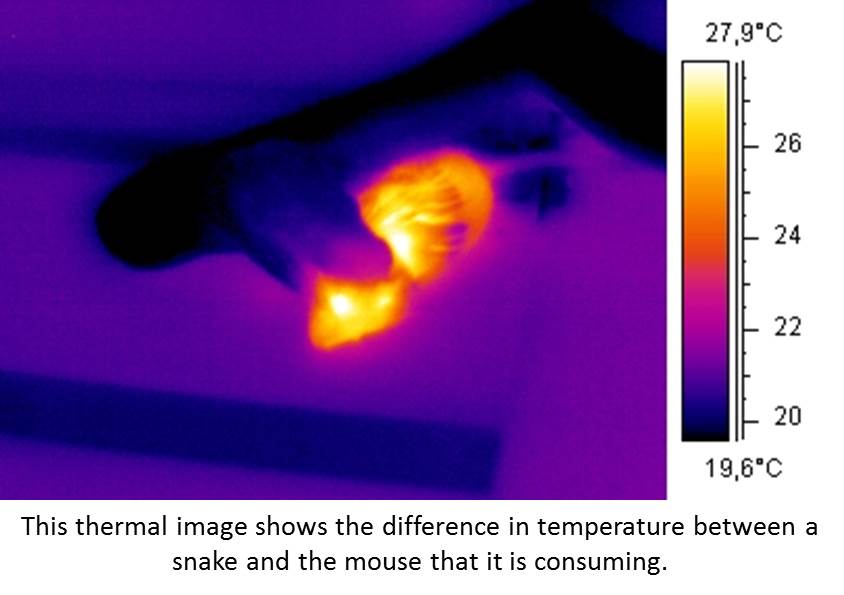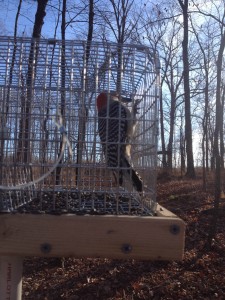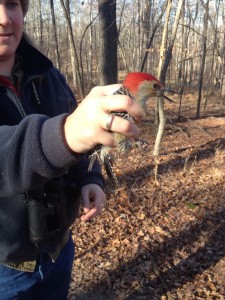For females, choosing a mate is no superficial task. Heritable genetic factors provide significant help along the choice journey, presetting female attractiveness towards reproductively favorable traits in males. Common seemingly shallow questions such as, “Is he attractive?”, or “Does he have motivation to make money?” translate on the genetic level to Is he healthy with strong genetics that will produce strong and healthy offspring, and will he be able to successfully provide for the offspring. A recent study by Erik Postma highlights the important male trait of endurance ability, and females’ propensity to pick up on this. Prehistorically, endurance could have been a basic indicator for our ancestors of a male’s optimal ability to provide in terms of hunting and gathering food across the land. Considering this, it is no surprise that in observing female attractiveness ratings towards male Tour De France competitors, Postma’s females attribute a higher attractiveness rating to males with better endurance before knowing the competitor’s actual performance scores.
To methodically explore whether women associate attractiveness with endurance ability in males, Postma created an online survey composite of 80 portraits of male participants of the 2012 Tour De France. 816 females participated in the online survey, and they only viewed the upper body ending at the shoulders of the competitors. To take the analyses a step further, a questionnaire was included on the presence or absence of hormonal contraceptive use in the female participant, due to evidence that birth control impedes upon natural female mate choice as the pill makes the body unreceptive to fertilization. Male competitors competed in the Tour de France after the survey, and were recorded for their time to complete the race.
Results showed a significant pattern of higher attraction scores for males who subsequently performed better in the Tour De France race. Additionally, females using the pill showed significantly lower attraction scores toward high-performing males than females who were not using the pill.
This precious mate-quality detection tool is so precious for a reason: it is a fine-tuned production over millions of years. Our female ancestors who possessed more attentiveness to traits that favored the reproductive success of their offspring were, quite simply, those whos’ offspring survived and made for our present existence. Evolution generally selects for efficiency in processes related to reproductive success, which explains the accurate endurance judgment that these women exhibit. In a case like this, experimental results say not to ignore your intuition when it comes to mate choice.
Postma, E. (2014). A relationship between attractiveness and performance in professional cyclists. Biology Letters, 10(2),




